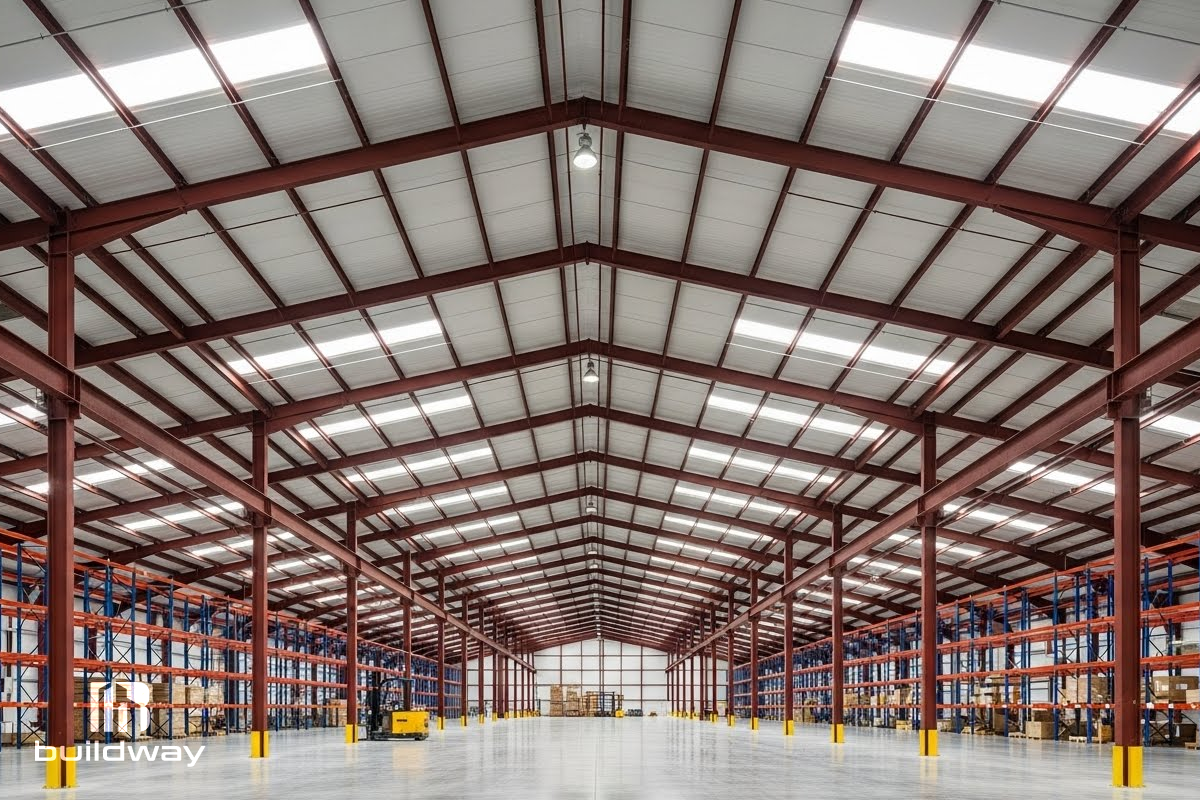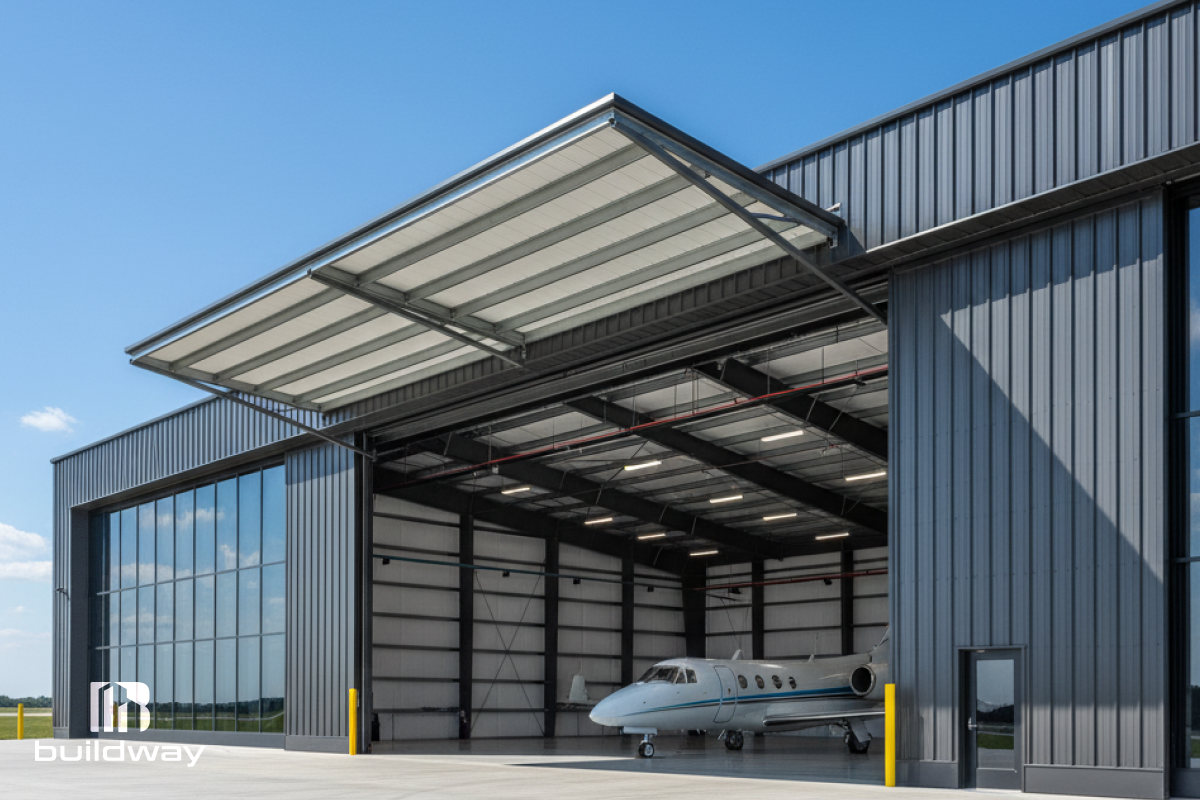Cold Formed Steel Buildings: Affordable, Durable, and Designed for Multiple Building Types
Cold Formed Steel Buildings
What is Cold Formed Steel?
Build Smarter with Buildway’s Cold Formed Steel Buildings
Why CFS?
Cold formed steel buildings provide strength, durability, and a long lifespan for projects in the USA. The frames resist corrosion, pests, and fire while lowering foundation and maintenance costs. Cold formed steel parts are lightweight, eco-friendly, and made with recycled steel, delivering sustainability and speed during construction. Precision manufacturing ensures accurate fit and fast assembly, making cold formed steel buildings ideal for commercial and residential use across many climates.
Start your cold formed steel building project now.
We guide every client from consultation and design approval to in-house manufacturing and fast delivery. Transparent pricing and customization options support a smooth buying experience.
Cold Formed Steel Building Accessories
Each of our system is backed by the proven strength of Galvalume Plus™ steel, ensuring resilience, energy efficiency, and decades of dependable use. This guarantees that every accessory offers durable performance and supports the overall integrity of your cold formed steel building.
Colors
Create the building you envision by choosing from a wide selection of color options. Personalize the entire appearance by selecting colors for corners, eaves, walls, gables, jambs, and roofs.
Gutters & Downspouts
Our gutters and downspouts efficiently collect and divert rainwater away from your building, protecting the foundation and structure.
Insulation
We offer premium heavy-duty blanket insulation with enhanced durability. This fiber-based insulation is designed for floors, ceilings, and wall interiors to improve energy efficiency and comfort.
Prefab Foundation Systems
Our flat slab, frost-protected floating foundations use high-strength steel to address challenges like sensitive soils, frost heave, high water tables, remote sites, and tight budgets.
Wall Liner Panels
Interior liner panels provide a steel wall finish inside your building. These standard 3-foot wide panels (usually 29 gauge) attach to framing and cover from floor to roof, offering a clean, durable interior surface.
Service Door Frames
Choose from ready-made door frames for hangar, sliding, sectional overhead, or the standard 4×7 service door. Customize to your needs or pair with your preferred door.
Window Frames
Add natural light and curb appeal with aluminum window frames. Available with thermal break or non-thermal break options, these self-flashing frames help reduce energy costs and enhance aesthetics.
Have more questions?
FAQ’s
We’re here to help!
Are there height limits for cold formed steel buildings?
Yes. Cold formed steel buildings are most cost-effective for low- to mid-rise structures, typically up to 10 stories. While taller buildings are possible, they often require hybrid systems (CFS combined with hot-rolled structural steel) to handle heavier loads and greater heights.
Does cold formed steel corrode in humid or coastal areas?
Cold formed steel is typically galvanized or coated to protect against corrosion. In coastal or high-humidity environments, additional protective coatings, proper detailing, and good drainage design are recommended to maximize the building’s lifespan.
Is welding required for cold formed steel framing?
No. Most cold formed steel buildings use simple fastening methods like self-drilling screws, bolts, or clip systems. This eliminates the need for welding on site and makes assembly faster and easier.
How does thermal movement affect cold formed steel?
Like all steel, CFS expands and contracts with temperature changes. To prevent structural stress, designers use slotted holes, flexible fasteners, and movement joints. This ensures cold formed steel buildings perform safely in different climates.
How are cold formed steel buildings insulated?
Because steel conducts heat, insulation is essential for energy efficiency and comfort. Common methods include continuous insulation, thermal breaks, vapor barriers, and air-sealing details. These systems help reduce heat transfer, manage condensation, and improve indoor comfort.
Can cold formed steel support heavy loads?
Yes, within limits. Cold formed steel members can safely support roof loads, equipment, and upper floors when properly designed. For very heavy loads or large open spans, engineers may recommend hybrid systems combining CFS with structural I-beams or hot-rolled steel.


